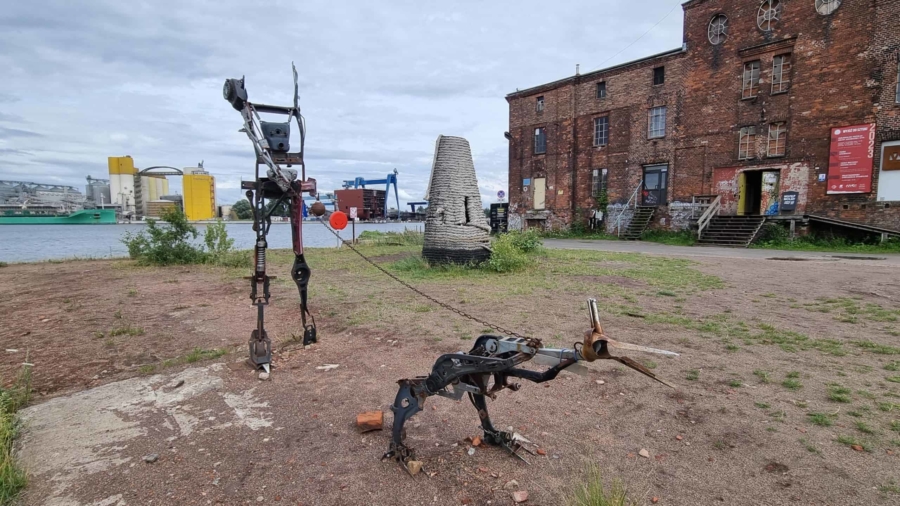On a late July day in 2023, my wife and I walked along the final stretch of the Motława River before it flows into the Martwa Wisła River. Little did we know that we’d stumble upon the Mleczny Piotr WL4 art space.
Let’s dive into a short pictorial and written account of that day’s walk and visit to a most intriguing art gallery.
Getting to Mleczny Piotr on foot
On the left embankment of the Motława River, more or less opposite the AmberSky Ferris Wheel, you won’t fail to notice the bronze-coloured buildings which belong to the Brabank residential and service complex.
From here, follow the Motława River away from the Main Town for around ten minutes.

On the way, you’ll be guaranteed to see plenty of boats and water trams either returning to Gdańsk or going to places such as Hel, Sopot and Westerplatte.

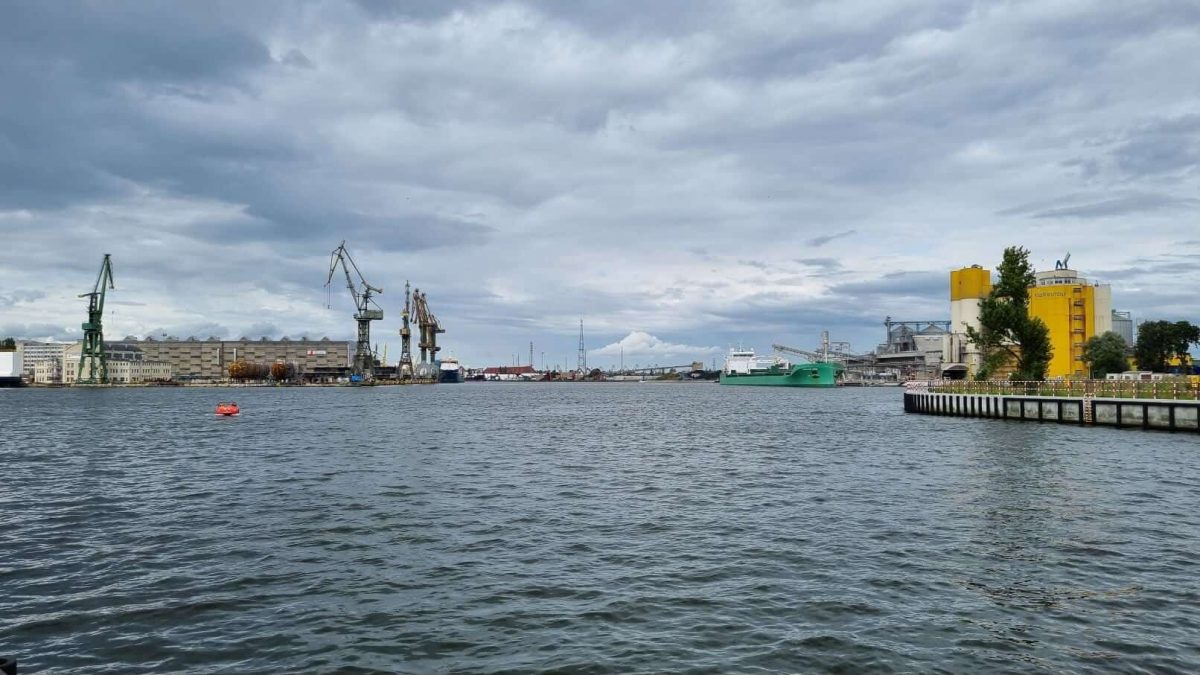
When you see a huge crane and some metal sculptures, you’ll know that you’ve made it to the Mleczny Piotr WL4 art space.
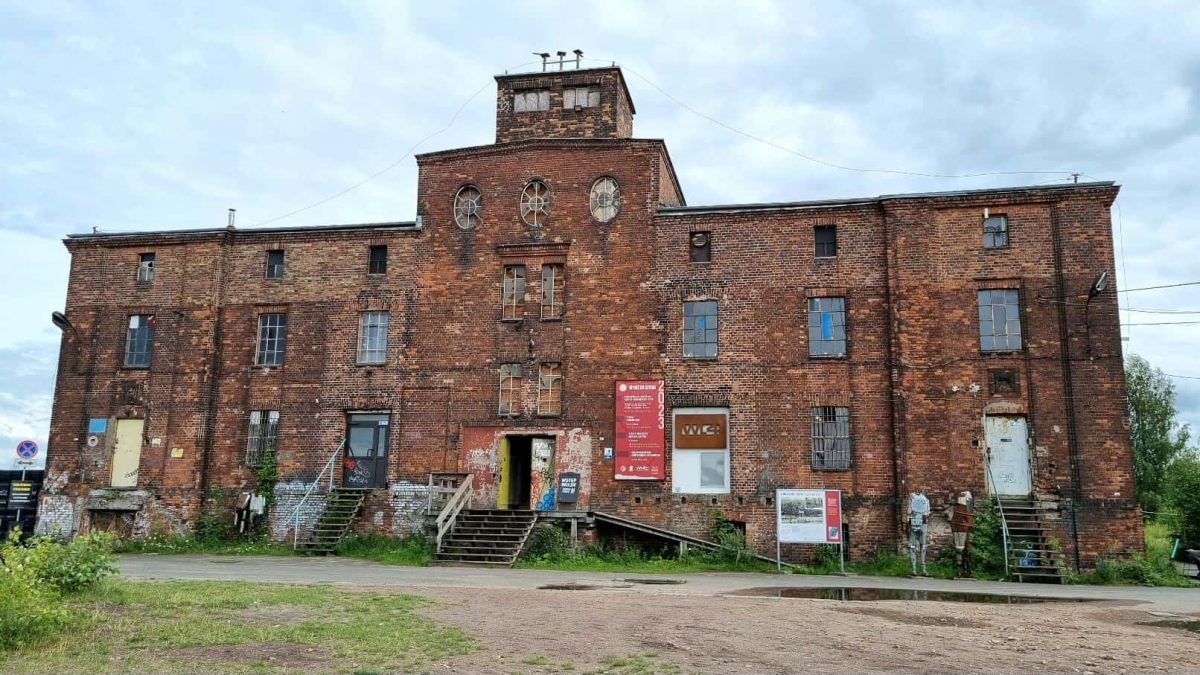
A Brief History of Mleczny Piotr
Before I write about the Mleczny Piotr WL4 Art Space, I should share what I’ve found out about the origins, significance and eventual demise of Mleczny Piotr.
The Origins of Mleczny Piotr
The name Mleczny Piotr is associated with both the waterfront (Ścieżka Szkutnicza) and the Inn “Milchpeter” which existed in this place from 1692.
The following quotation (translated below) is from W.F. Zernecke’s 1843 guide entitled Cały Gdańsk za dwadzieścia srebrnych groszy (‘The Whole of Gdańsk for Twenty Silver Groszy’). Clearly, the quotation reveals a great deal about the origins of Milchpeter:

Roughly translated:
Milchpeter has been the name of the inn along the Szkut Path for the past 150 years. Nearby, a horse-drawn barge runs from the path to the Wisłoujście Fortress. It [Milchpeter] has a nice garden and good views of the Oliwskie Hills and across Ostrów to Wisłoujście. – The peculiar name [Milchpeter] is supposed to come from the former owner, the milkman Piotr N.N.
One of the Danziger Hauskalender magazines from the 1990s reprinted a humorous poem in which it is revealed that the owner of the inn was named Melchior Peter. His name was commonly shortened, one could say that he was nicknamed “Melch Peter”, hence the name of the inn and surrounding area.
The Gdańsk horse-drawn barge
In the same year as the Inn “Milchpeter” was founded (1692), a horse-drawn barge was also launched. It ran between Mleczny Piotr and the Wisłoujście Fortress.
The Gdańsk horse-drawn barge was the first mass public transport in Gdańsk. Everyone who could afford to pay a fee of 4 shillings sailed. The barge had an open deck and a covered cabin with benches, which was insulated with a fireplace in winter.
The Beginning of the End for Mleczny Piotr
In 1856, the area belonging to Mleczny Piotr was reduced owing to land purchased by Stocznia Królewska (Royal Shipyard). The company changed its name to Stocznia Cesarska (Imperial Shipyard) in 1871.
“Milchpeter” continued to exist as an Inn. People working in the sea and water industry became the main customers of “Mleczny Piotr” owing to the expanding shipbuilding industry nearby the inn.
At the start of the 20th century, a gasworks was built at Mleczny Piotr. Consequently, the “Milchpeter” Inn ceased to exist. In its place, a warehouse made of red brick was built to store a variety of ship furniture. Submarines were built in the shipyard. In 1937, a huge crane (151A) was erected next to the ship’s furniture warehouse.
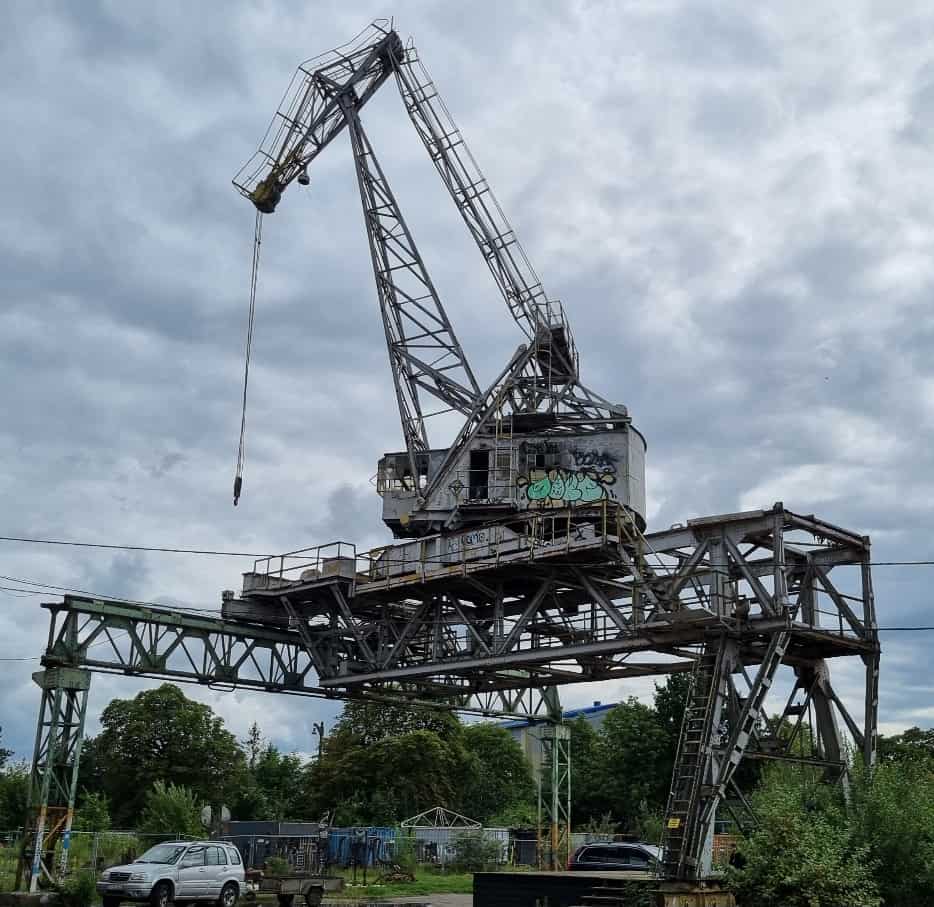
WL4 – An Ambitious Group of Artists
WL4 is a group of independent artists. There are painters and sculptors, graphic artists and photographers, as well as people who promote art. Hence, strength in depth is one of WL4’s main weapons.
WL4 was founded on the initiative of Silesian sculptor Czesław Podleśny and Słupsk-born Adrianna Majdzińska. Famous for its non-commercial exhibitions and concerts, the artists’ cooperative operated at Wiosny Ludów 4 Street until November 2017.
With the building at Wiosny Ludów 4 Street due to be overtaken by a new owner, Podleśny and Majdzińska had to pull their finger out to find a new place for a studio.
Podleśny began searching for a place for a studio where he could build his large-format works. Then, a red brick building on the Motława River caught his eye. This building was Mleczny Piotr. The then owner, Robert Pawłowski, agreed to make the dilapidated property available for a symbolic zloty. However, the artists had to keep the building in good condition and conduct only not-for-profit cultural activities.
At first, Podleśny moved to the building with Majdzińska. Subsequently, with the aid of Andrzej Stelmasiewicz from the Gdańsk Community Foundation, the team began to attract people of art to the building.
Mleczny Piotr WL4 art space
Painters and sculptors, among others, have their studios inside the Mleczny Piotr building. However, WL4’s main goal all along has been to combine all forms of human creative activity. Therefore, poets, musicians, photographers, performers and all those who are close to creative work continue to find their place at Mleczny Piotr.
Aside from the indoor art gallery, the Mleczny Piotr WL4 art space has taken advantage of the green belt next to the New Motława promenade to create an open-air gallery of sculptures and objects. These remarkable works of art are visible also to yachts and ships sailing into Gdańsk.
Let’s begin with Podleśny’s figures made of metal which surround the Mleczny Piotr building :
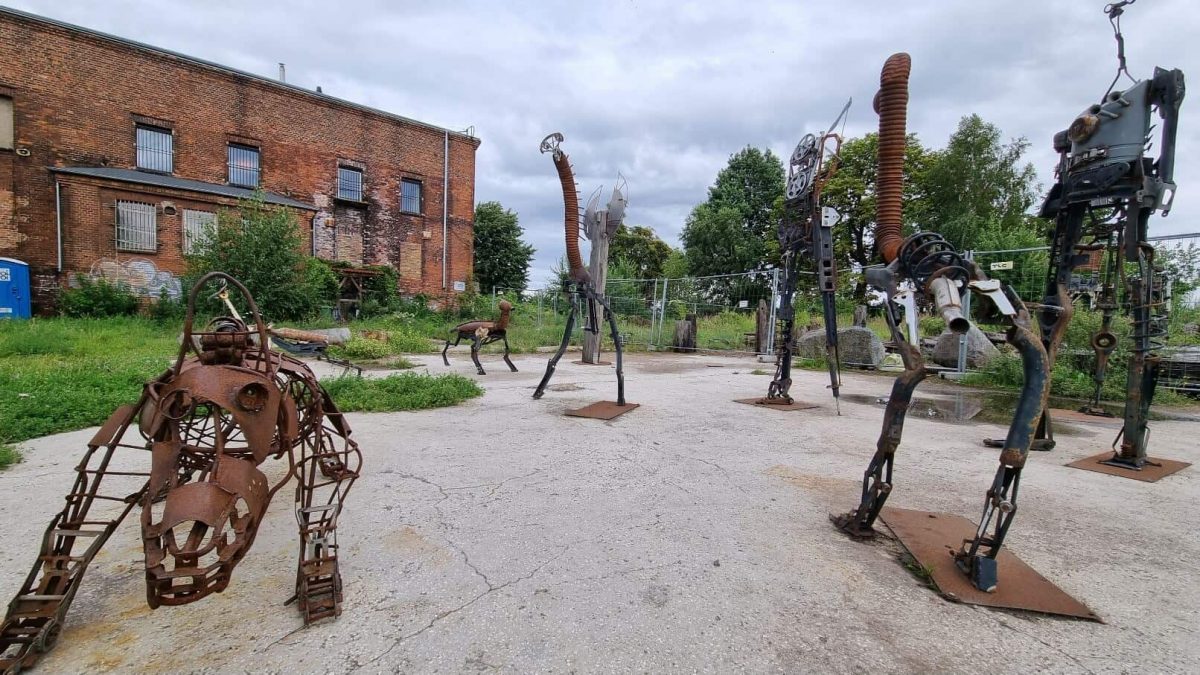
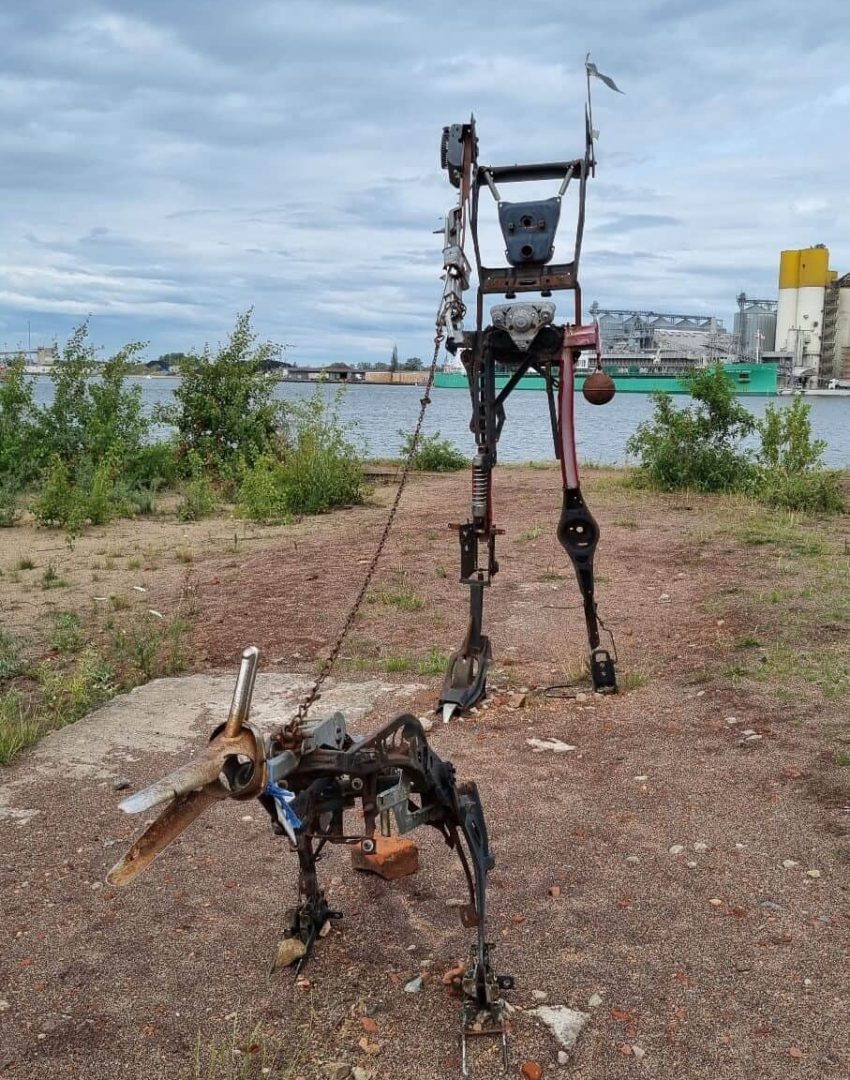
A few hundred metres away, between Mleczny Piotr and the Imperial Harbour (Przystań Cesarska), there are Podleśny’s “Castaways” sculptures (Rzeźba “Rozbitkowie”):
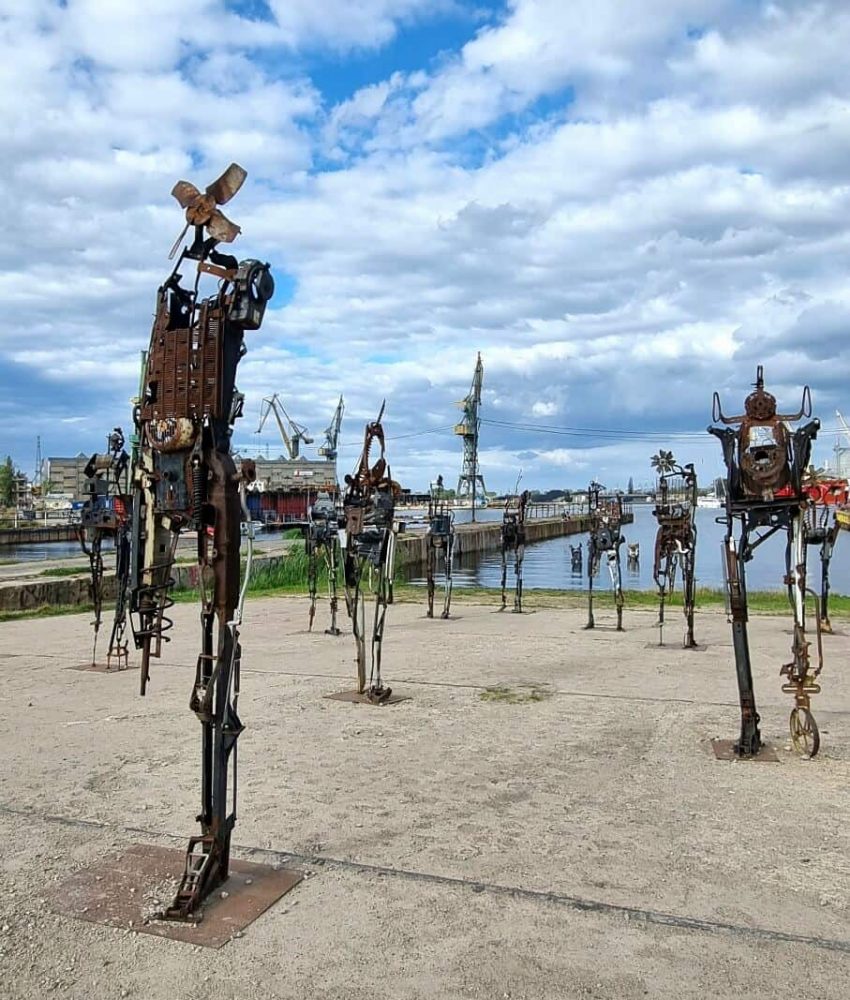

There are also the “Sea Sculptures” (Rzeźby Wychodzące z Morza):
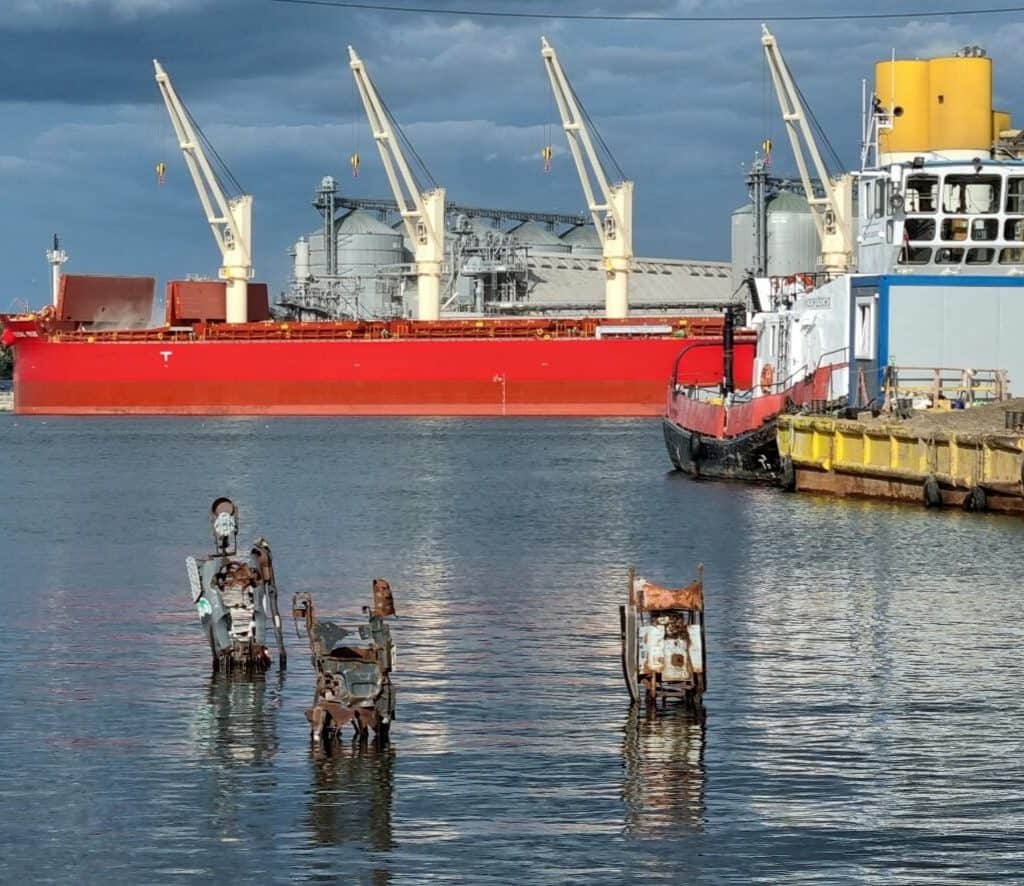
Now, let’s go inside the Mleczny Piotr building. Artwork can be found on all three floors:

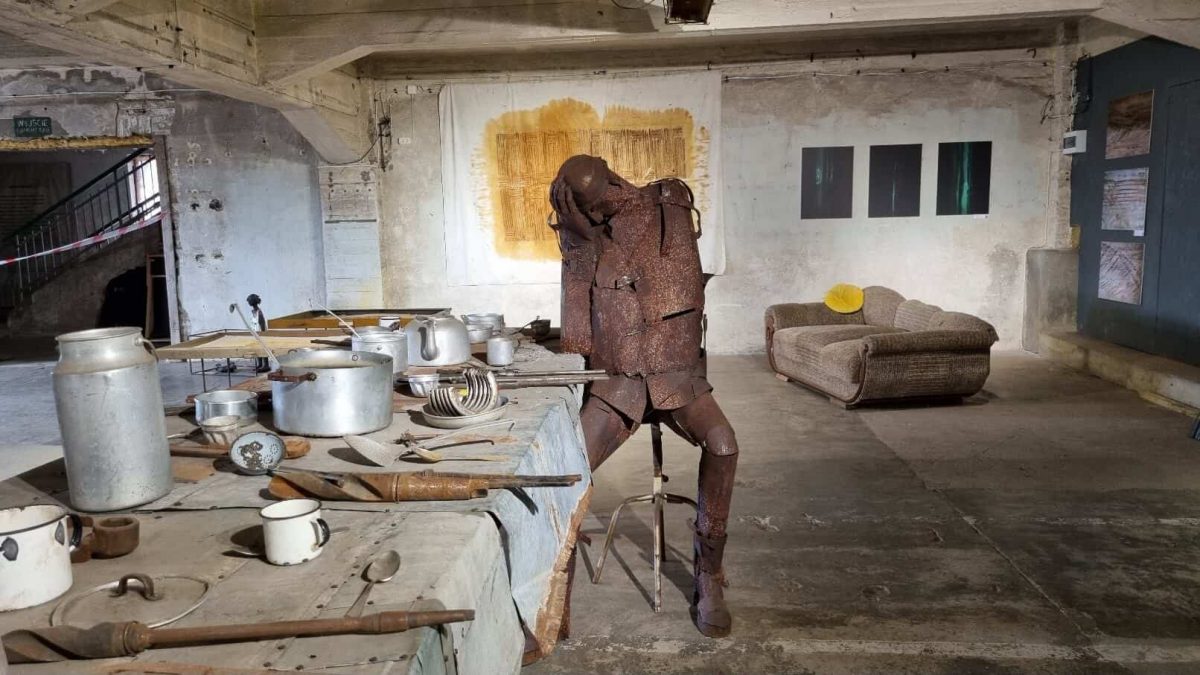
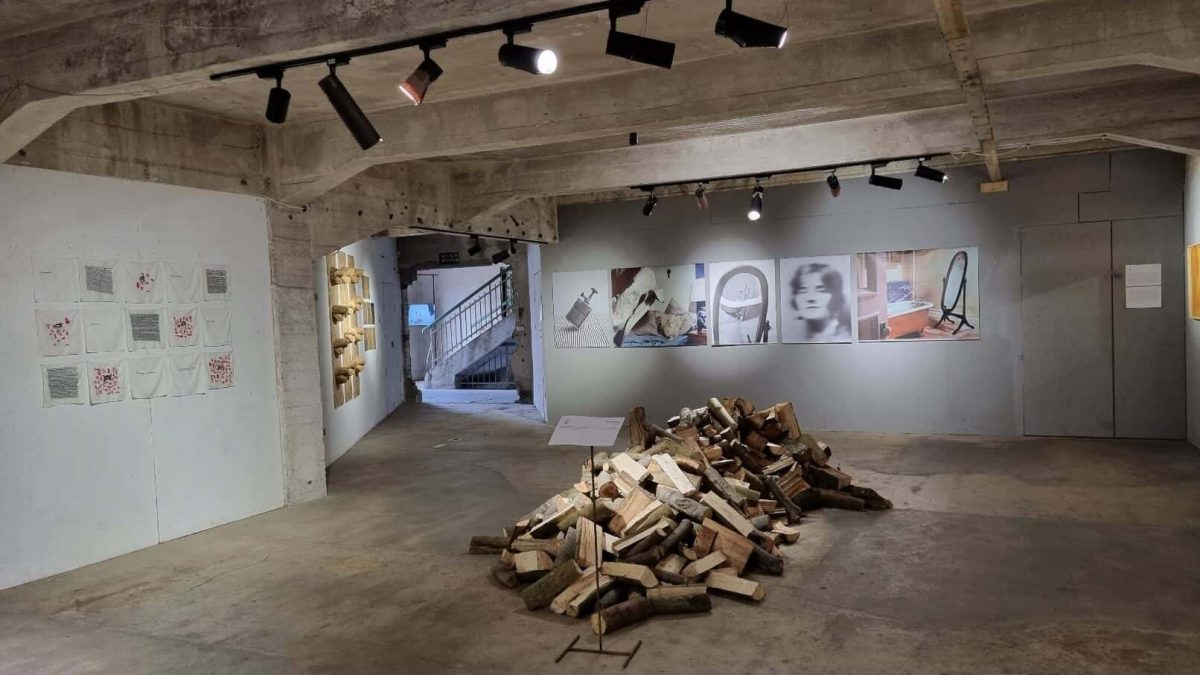
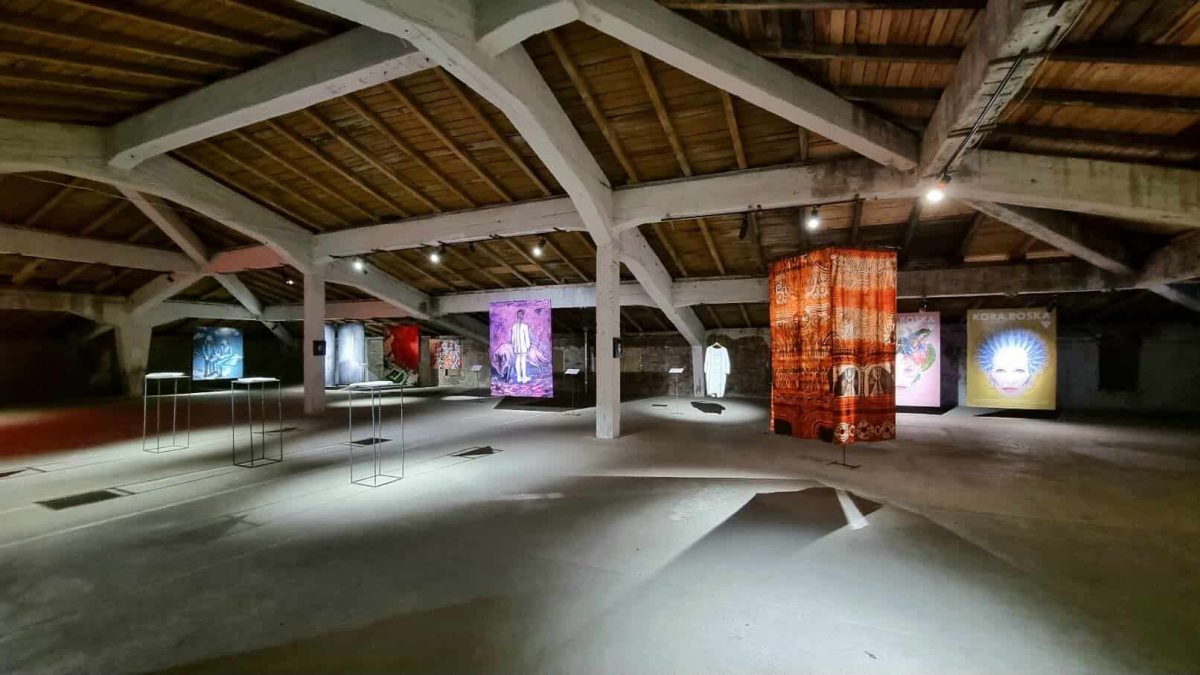
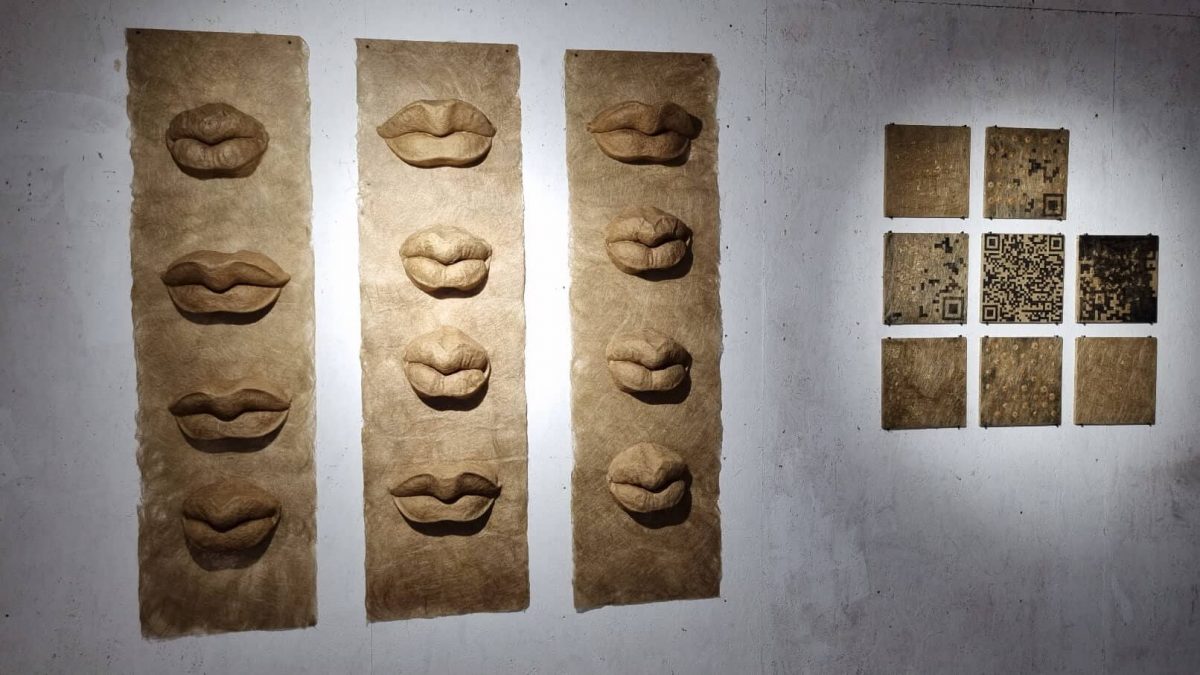
Final Thoughts
Mleczny Piotr WL4 Art Space is but a 20-minute walk from famous Długa Street.
The building’s setting next to the Shipyard and confluence of the Motława and Martwa Wisła rivers combine to give the building and metal sculptures outside a special kind of allure.
Mleczny Piotr is part of the 13-point Imperial Shipyard Route, which I look forward to writing about very soon.

